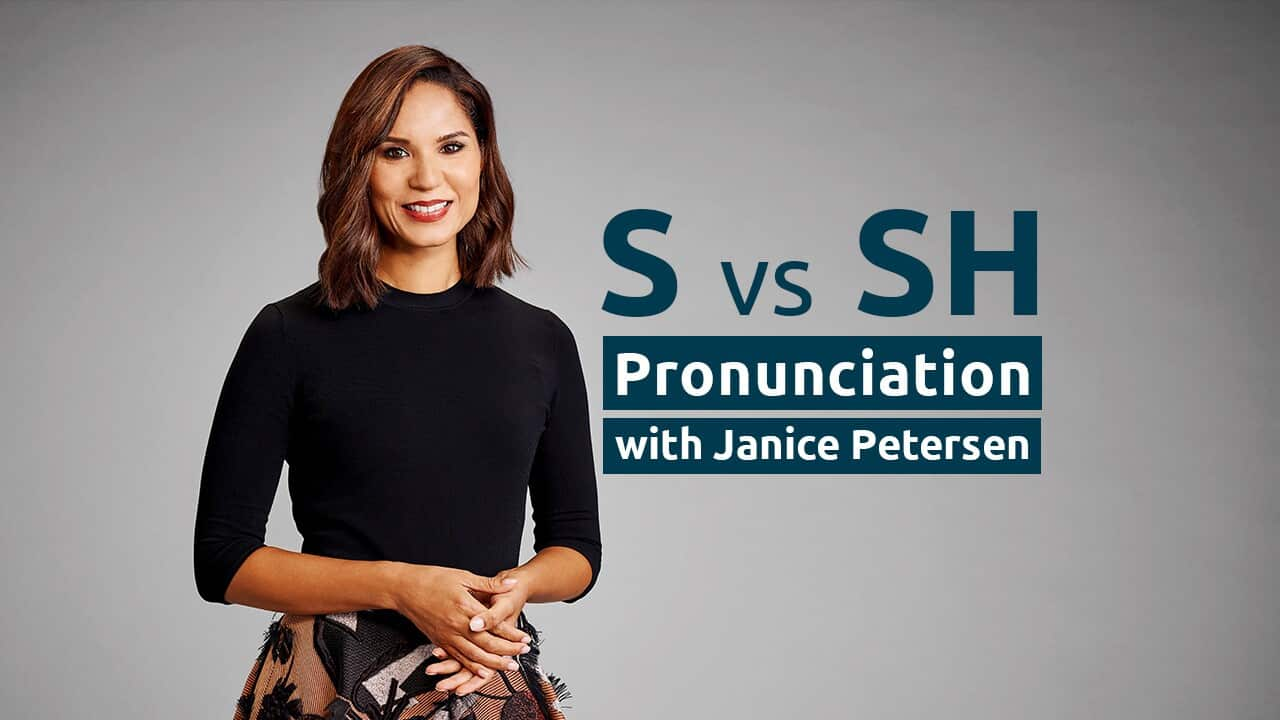Key Points
- Learning Objectives: Can pronounce /S/ and /ʃ/ (s and sh)
- First language influence: /S/ and /ʃ/ may be difficult for Vietnamese, Mandarin, Japanese, and Korean speakers
- Text for practise: She sells seashells by the seashore
- Minimal Pairs: /ʃ/ she shells ship sheet shoot shave /s/ sea sells sip seat suit save
bae i helpem yu blong toktok, save mo konek taem yu stap long Ostrelia.
Ol lesen ia oli blong evri Inglis level
Transcript:
(Note: This is not a word-for-word transcript)
Speaking clearly is an extremely important part of my job. Some people have even said that I’ve become a queen of pronunciation!
Pronunciation is about speaking clearly and making the correct sounds so that you can be more easily understood by others.
It is not about changing your accent. Your accent is part of you and your culture, and you don’t want to lose that. We love accents!
This Pronunciation MiniPod is suitable for learners of all levels.
I’m going to share some exercises you can easily do, wherever you are, to improve your pronunciation. Let’s start.
Today we’re going to focus on the difference between ‘s’ and ‘sh’ sounds using this tongue twister: She sells seashells by the seashore.
It’s tricky because the ‘s’ in ‘sea’ sounds like the ‘sh’ in ‘she’. She sells seashells by the seashore.
Can you hear the difference between these sounds? ‘Sea’ and ‘she’, ‘sells’ and ‘shells’?
Don’t worry, by the end of this podcast you’ll be able to hear the difference and pronounce these sounds with confidence.
Let’s start with the ‘s’ sound in ‘sea’ and ‘sells’.
Put your tongue against your bottom teeth. Touch your teeth together and gently blow through them- ‘ssss’.
You can imagine the sound that a snake makes when it hisses. ‘ssss’.
Now listen to that sound in these words:
- sea
- sells
OK. Now, listen to how I say the ‘sh’ sound in ‘she’ and ‘shells’.
You can make this sound by rounding your mouth, putting your tongue down and leaving your mouth slightly open- ‘shhhh’.
You can imagine the sound you use if you want someone to be quiet. ‘shhhh’.
Now, listen to that sound in these words: and repeat after me:
- she
- shells
Here are some more examples, see if you can hear the difference:
- Sip - ship
- Seat - sheet
- Suit - shoot
- Save - shave
Let’s get back to the tongue twister. I’m going to start by saying it slowly then more quickly.
You might like to try it with me: “She sells seashells by the seashore”.
Now faster: “She sells seashells by the seashore”.
That last time was much harder! How did you go?
Let’s hear how some other learners are doing. With us today are students from Wagga Wagga City Library Language caffè.
That wasn’t bad at all. Well done!
Did you know this tongue twister was first written over a hundred years ago?
It comes from a song written in 1908 by Terry Sullivan. Some people believe he based it on a true story about a scientist called Mary Anning.
In the early 1800s Mary Anning collected and sold dinosaur bones and shells in England.
She became famous when she discovered a full dinosaur skeleton in the cliffs by the seaside.
Ok! Now you know the difference between the sounds ‘s’ and ‘sh’.
CREDITS
Thanks to our educational consultant, Natalie Oostergo from IES College and the.





